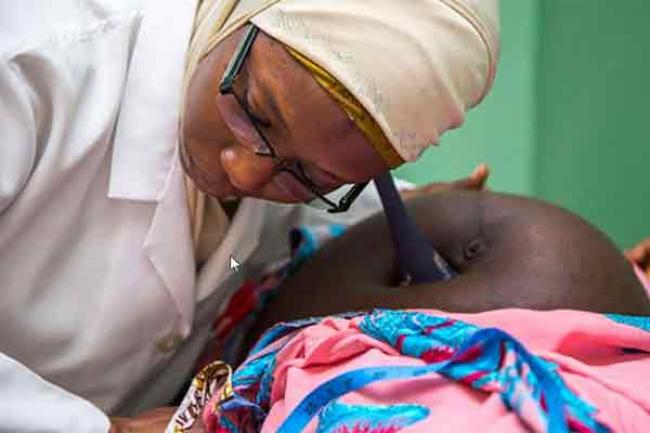Just Earth News 27 Jun 2016, 07:24 pm Print

The Associated Chambers of Commerce and Industry of India (ASSOCHAM) along with knowledge firm Thought Arbitrage Research Institute (TARI) conducted a study titled ‘Female Labour Force Participation in India,’ analysing India’s performance in female labour force participation (FLFP) in comparison with the rest of the world and identifying factors that determine FLFP in India along with barriers to its growth.
Though there was a spurt in the number of working women in India during 2000-2005, increasing from 34 per cent to 37 per cent, the female labour force participation rate has reduced continuously thereafter and reached 27 per cent in 2014, particularly during the period when economy was experiencing unprecedented growth according to World Bank’s report on World Development Indicators.
More so given the turn in Indian economy in the 1990s, and the rates of growth that have been achieved, an obvious conclusion that is often drawn is that FLFP should be increasing – due to increase in disposal incomes, job opportunities, education and healthcare - all factors that economic growth would normally have an impact on.
There are certain primary reasons for low participation of women in the labour force like lack of access to higher education among women, dearth of opportunities to work and even lack of flexibility in working conditions tends to dissuade women from joining the labour force as they turn to their domestic duties.
Another concerning aspect is that India rates lowest in terms of FLFP with a dismal score and a huge gap between it and the next among BRICS countries – China (64 per cent), Brazil (59 per cent), Russian Federation (57 per cent), South Africa (45 per cent) and India (27 per cent).
Further, the gap between rural male and female labour force participation in India in 2011 stood at about 30 per cent while in urban centres gap was more pronounced (about 40 per cent). “This can be attributed to social and cultural curtailment and often the lack of work opportunities.”
It has also been highlighted that in India, marriage decreases the probability of FLFP by about eight per cent in rural areas and more than twice as much in urban areas.
As per the latest available data, the FLFP rate in India was about 36 per cent as of 2011-12, with 31 out of 35 states and union territories scoring rates below national average, while only Andhra Pradesh (erstwhile), Chhattisgarh, Sikkim and Himachal Pradesh faring better in this regard.
Initiatives like Beti Bachao Beti Padhao, Make in India, Start-up India and others are positive steps in the direction to improve female labour force participation in India, however, more initiatives towards women’s empowerment need to be taken to create an enabling environment for increasing female employment and entrepreneurship, noted the ASSOCHAM-TARI study.
The study suggested promoting skill training programmes for women, setting up child care centres in large numbers, ensuring women safety and security in every sphere through efforts by both the Central and state governments and other such measures are imperative to boost female labour force participation in India.
Considering that even a 10 per cent increase in FLFP rate can boost gross domestic product (GDP) by 0.3 per cent, according to The United Nations Economic and Social Commission for Asia and the Pacific (ESCAP), it is imperative that policy measures and programmes are introduced and implemented to increase the participation of women in the workforce in India.
- UN’s chilling 2024 finding: Women are being killed every 10 minutes — Not by strangers!
- Argentina witnesses mass protests over torture, murder of three women
- New study shows one in three Australian men committed intimate partner violence
- Funding cuts in Afghanistan mean ‘lives lost and lives less lived’
- UN report says Iran using app, tech to monitor women who are not wearing hijab



-1763561110.jpg)


